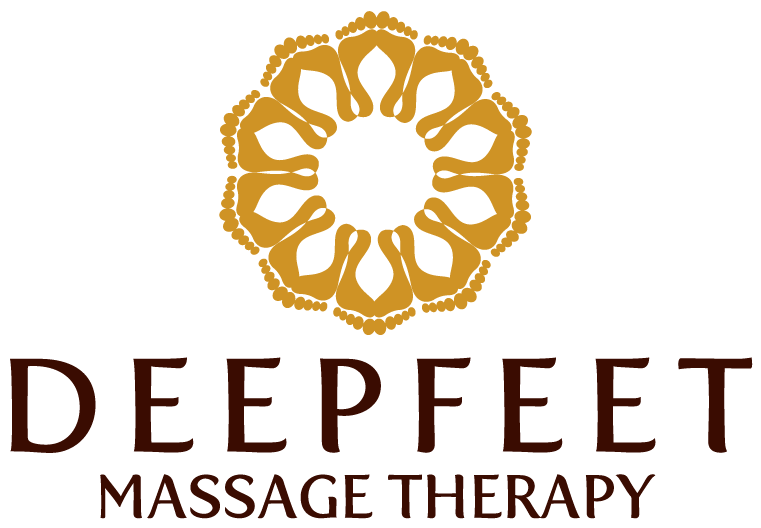What is Myotherapy?

Myotherapy, formerly known as Musculoskeletal Therapy, is similar to an advanced form of Remedial Massage. Your therapist is skilled in treating complex musculoskeletal injuries and issues. A typical session includes a thorough verbal and physical assessment, followed by targeted treatment. Techniques that may be used include: Myofascial Release (MFR) Muscle Energy Techniques (METs) Mobilisations (gentle joint movements) Dry Needling Cupping Tapping Exercise Therapy, including home exercises
Myotherapy treats a broad spectrum of musculoskeletal conditions, including chronic pain (such as frozen shoulder, bursitis, and hip or shoulder impingement), as well as acute or chronic neck and lower back pain often linked to poor posture, muscle strain, whiplash, disc degeneration, or radiculopathy.
Our Myotherapists can also address nerve-related pain conditions like sciatica, Morton’s neuroma, carpal tunnel syndrome, peripheral neuropathy, and more. They assist in the recovery of tendon and ligament injuries, including repetitive strain injuries (RSI), ligament sprains, tendinitis (such as Achilles tendon, rotator cuff, or tennis/golfer’s elbow), knee pain, and others.
Additionally, our Myotherapy specialists can provide guidance on improving posture and offer exercise advice to help reduce pain and tension caused by scoliosis, kyphosis, forward head posture, and other postural imbalances.
Benefit of Myotherapy?
1. Pain Relief
Myotherapy can help alleviate acute and chronic pain conditions such as back pain, neck pain, tension headaches, and joint pain. By targeting trigger points and areas of muscle tension, it reduces pain and discomfort.
2. Improved Mobility and Flexibility
Through techniques like muscle manipulation, stretching, and soft tissue release, myotherapy can increase range of motion and flexibility, making it easier to move freely and perform daily activities.
3. Enhanced Muscle Function
By addressing muscle imbalances and tension, myotherapy helps improve muscle function, strength, and coordination, promoting better physical performance and reducing strain on the body.
4. Injury Prevention and Rehabilitation
Myotherapists often work to identify and correct underlying issues that may lead to injury. This approach not only speeds up recovery from existing injuries but also minimizes the risk of future injuries.
5. Stress Reduction
The hands-on, therapeutic approach of myotherapy often leads to a decrease in stress and muscle tension, promoting overall relaxation and mental well-being.
6. Management of Chronic Conditions
Myotherapy can be particularly helpful for individuals with chronic conditions like fibromyalgia, arthritis, and repetitive strain injuries, helping to manage pain, improve function, and enhance overall quality of life.
7. Support for Sports Performance
Many athletes use myotherapy to optimize performance and recovery. Techniques such as dry needling, cupping, and deep tissue massage promote faster recovery after intense training sessions, reducing muscle soreness and tension.
Overall, myotherapy offers a holistic approach to improving physical health by addressing not only symptoms but also the root causes of musculoskeletal pain and dysfunction. If you’re considering it, a consultation with a qualified myotherapist can help determine the best treatment plan for your specific needs.
What conditions can Myotherapy help with?
- Chronic Pain
- Neck and Lower Back Pain
- Nerve-Related Pain
- Tendon and Ligament Injuries
- Postural Imbalances
- Muscle Tension and Strain
- Sports Injuries
- frozen shoulder
What to expect during treatment?
Initial Assessment: Your therapist will ask about your medical history, lifestyle, and specific pain or injury concerns. They will assess your posture, movement patterns, and muscle function.
Targeted Treatment: Based on the assessment, your therapist will use a range of techniques, such as trigger point therapy, soft tissue manipulation, stretching, myofascial release, and joint mobilizations, tailored to your needs.
Active Participation: You may be asked to perform certain movements or change positions during the treatment to assess muscle response or target specific areas.
Communication: Your therapist will regularly check in with you to ensure the treatment is comfortable and effective, and will adjust techniques as needed.
Post-Treatment Advice: After your session, your therapist may provide guidance on exercises, stretches, and postural improvements to help maintain progress. They may also recommend follow-up treatments if necessary.
